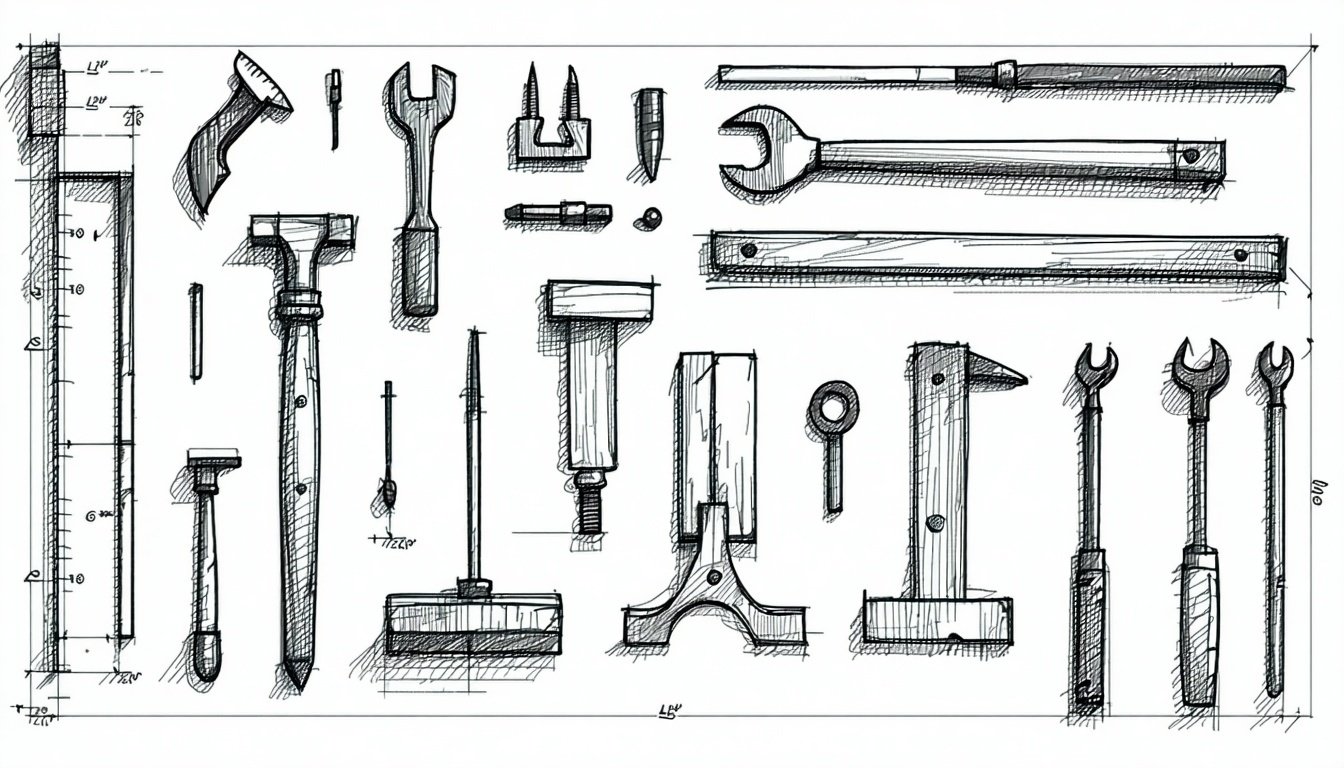Chris LoDolce, Gaby Rice, Melissa Koay
September 21, 2022
In this conversation, Chris LoDolce, former Director of HubSpot Academy and founder of SaaS Academy Advisors, joins the Thinkific team to discuss the evolution of customer education and how businesses can leverage it strategically.
He explains that many companies treat customer education tactically, focusing on immediate needs like help articles and product training, rather than approaching it strategically as an integrated, scalable initiative. Chris introduces the concept of a corporate academy, which extends beyond product education to include industry knowledge, partner enablement, and employee training, ensuring a consistent learning experience across the company’s entire ecosystem.
The hosts explore the business impact of customer education, with Chris emphasizing the importance of aligning education initiatives with key metrics like retention, product adoption, and revenue growth. He shares insights on how companies can demonstrate the ROI of education, including merging learner data with product usage metrics and leveraging qualitative success stories.
They also discuss best practices for structuring a customer education team, balancing content quality with scalability, and embedding education into marketing, sales, and customer success efforts. The conversation wraps up with Chris offering practical advice on building a learning culture, the role of customer education in product-led growth, and how companies can future-proof their programs for long-term impact.
Transcript
Introduction & The Challenge of Learning New Software
Speaker 1:
When you get hired into a new role, how much of that role do you actually know how to do versus how much you figure out as you go? Probably a lot, right? It’s the same thing with everyone using software.
You're not hiring people who are already experts in the software. For many, it’s just another task assigned to them—they didn’t even know it existed before. A big portion of these users won’t immediately know the best way to use the software.
Even if a customer education program had no actual content, just a simple cohort analysis of those who signed up versus those who didn’t would likely show that the people who signed up have higher retention and higher product usage because they are opting in to learn.
That’s why customer education teams already have a head start when it comes to proving their impact on these metrics.
Introduction to the Show
Host:
Hey everyone, welcome back! Today, we have a special guest, Gabby Rice. Gabby is the lead for companies scaling with Thinkific. Hi Gabby!
Gabby:
Hi Melissa! Excited to talk about customer education.
Host:
Gabby, what are some common trends you’re seeing with your clients in this space?
Gabby:
We’re seeing a lot of small- to mid-sized companies reaching out to our sales team because they want to invest in customer education. We actually have some data on this:
- A study found that 87% of customers say they can work more independently when they’re trained on a product.
- Customer-centric companies are 60% more profitable than those that aren’t.
So, there’s definitely both a need and demand for customer education.
The Common Pitfalls in Customer Education
Host:
That makes sense. But here’s the problem—and we’ve learned this firsthand—not everyone knows how to implement customer education effectively.
It’s still a relatively young field, only about a decade old. Many people are still figuring it out, and mistakes are common.
That’s why we’ve invited the godfather of customer education, Chris LoDolce. Chris is the founder of SaaS Academy Advisors and the former Director of HubSpot Academy—which, let’s be honest, is the gold standard of customer education programs.
Chris, welcome to the show!
Chris:
Hi Gabby, hi Melissa! Great to be here. Thanks for having me.
Host:
So, let’s start with this: Why do so many people get customer education wrong?
Tactical vs. Strategic Investment in Customer Education
Chris:
It comes down to the difference between tactical vs. strategic investment in educational programming.
At a high level, this is where most of the common mistakes begin. But if we zoom out and look at the bigger picture—what is customer education, and where is it going within a SaaS business ecosystem?
There are a couple of key trends we’re seeing:
- The Shift from Basic Product Training to Holistic Customer Education
- Initially, customer education was just help articles, knowledge bases, and quick product training videos.
- Now, it’s evolving into a holistic strategy, where businesses are helping customers be successful in their roles, not just in using the product.
- The Rise of Corporate Academies
- More mature SaaS businesses—those closer to IPO or acquisition—are moving beyond customer education to corporate academies.
- These include customer education, industry content, partner training, and even employee learning—all in a single cohesive learning experience.
How a Corporate Academy Differs from Customer Education
Host:
That’s interesting. So, what are the key differences between a corporate academy and customer education?
Chris:
Great question.
In customer education, training is often siloed:
- The marketing team creates industry thought leadership.
- The customer success team creates training for product adoption.
- The partner team develops separate training for agencies and partners.
A corporate academy integrates all of these efforts into a unified learning experience. Instead of teaching someone just how to use a product, we also teach them how to succeed in their role with the software.
For example, instead of just saying:
"Click here to set up a workflow,"
we say:
"Here’s how industry experts automate their workflows to maximize efficiency."
When you stack industry expertise, customer education, and partner training, it creates:
- A more scalable education strategy.
- Cost savings by reducing duplicate content creation.
- A more consistent learning experience across customers, employees, and partners.
Emerging Trends in Customer Education
Host:
What are some emerging trends you’re seeing in customer education?
Chris:
The biggest trend is the evolution of customer education teams into corporate academies.
Most companies today are still tactically focused—solving short-term issues like reducing support tickets.
However, strategic education teams are shifting their focus to long-term impact, like:
- Increasing customer retention
- Driving upsell & cross-sell opportunities
- Creating customer advocates & thought leaders
Measuring the ROI of Customer Education
Host:
What’s the best way to measure the ROI of customer education?
Chris:
I break it down into three levels of impact:
- Business Impact → Retention, churn reduction, lifetime value (LTV)
- Departmental Impact → Product adoption, ticket deflection, renewal rates
- Program-Level Impact → Course completion rates, engagement scores
Even a basic cohort analysis—comparing trained vs. untrained customers—will usually show that trained customers retain longer and use the product more.
Customer Education & Community
Host:
How does community play into customer education?
Chris:
A strong community enhances customer education by:
- Providing peer-to-peer learning.
- Encouraging customers to share best practices.
- Reducing reliance on 1:1 support.
Many companies now integrate education into their community strategy—combining certification programs, user groups, and forums to create ongoing engagement.
Final Takeaways
Host:
Chris, this has been an incredible conversation. If you could give one piece of advice to someone starting a customer education program, what would it be?
Chris:
Think big-picture from day one.
- Don’t just create content—create a scalable content strategy.
- Focus on business impact, not just course completion rates.
- Get internal buy-in by showing how education supports sales, customer success, and retention.
Host:
That’s amazing. Thank you so much for your time, Chris!
Chris:
Thanks for having me—it was a great discussion!
Host:
If you enjoyed this episode, give us a thumbs up and subscribe for more insights! See you next week!
Dig deeper

Join the conversation with other SaaS education leaders. Share your insights or ask a question.

Explore the templates and frameworks we recommend to put these ideas into action.

Keep learning - dive into related topics and best practices from our latest posts.
.png?width=75&height=152&name=saas_academy_logo%20(2).png)
.png?width=104&height=152&name=saas_academy_logo%20(1).png)